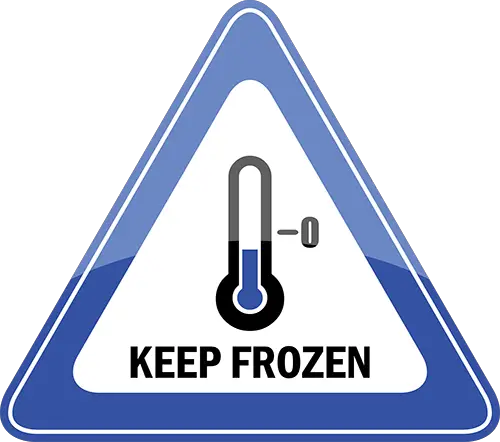How Much Freezer Space For a Cow (Whole, Half, Quarter)
People all over the country (all over the world, really) are waking up to just how bad factory-farmed beef is – not just nutritionally, but from an environmental, flavor, and economic standpoint as well.
Fresh beef straight from a rancher almost always tastes better and costs less, particularly if you are buying in bulk. The only problem is you have to have freezer space for a cow, and figuring out just how much freezer space you need can be a bit of a challenge.
As a general rule of thumb you should expect to need a 5 ft.³ (cubic feet) freezer for 1/4 of beef, about 8 ft.³ of freezer space for ½ (or side) of beef, and 16 ft.³ – or more – to tuck and entire processed cow into.
| Size of Cow To Freeze | Required Freezer Space |
|---|---|
| Quarter cow | 5 cubic feet |
| Half cow | 8 cubic feet |
| Whole cow | 16 + cubic feet |
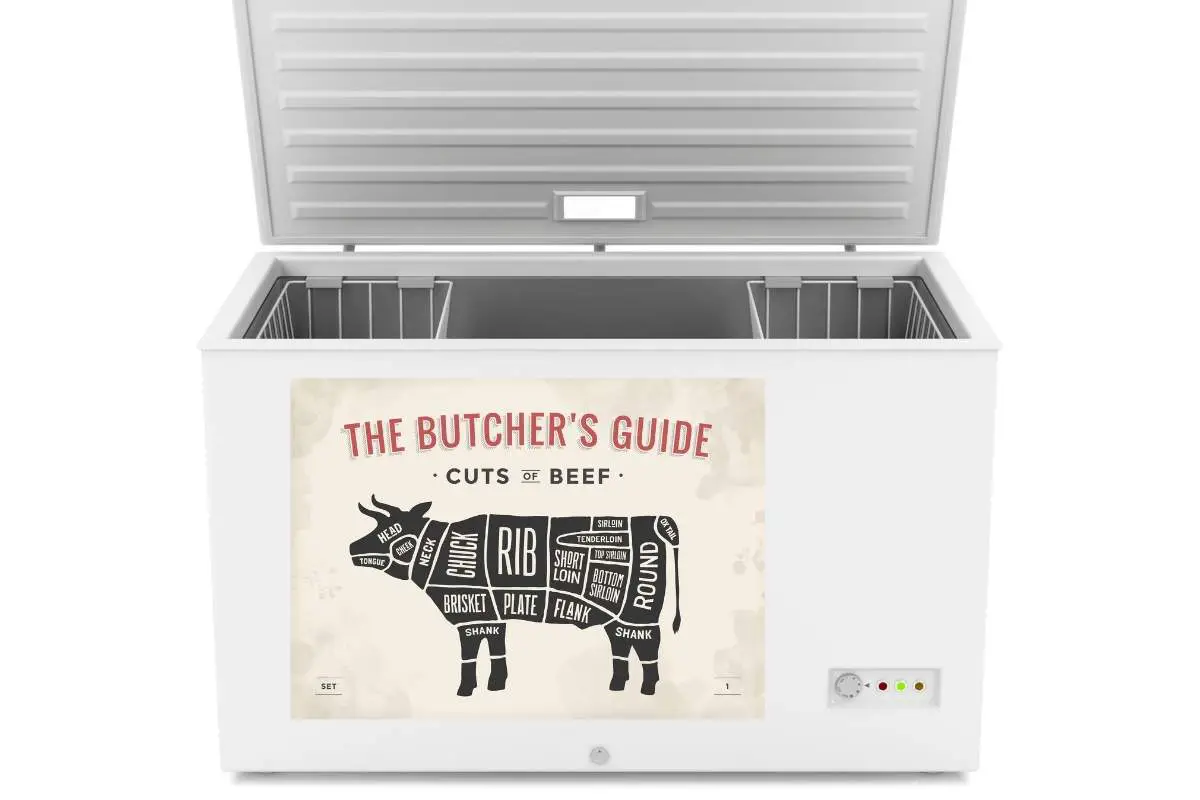
Below I’ll dig a little bit deeper into the ins and outs of how much freezer space you need for a cow, why you want to get this right before you start ordering beef in bulk, and some other tips and tricks as well.
Let’s jump right in!
How Much Freezer Space for a Quarter of a Cow?
Lots of people that purchase beef in bulk start off by buying ¼ of a cow at a time, just to sort of get a feel for how the process works, what the prices are going to look like, what the flavor is going to be – as well as how much freezer space they need to dedicate to all this beef in the house!
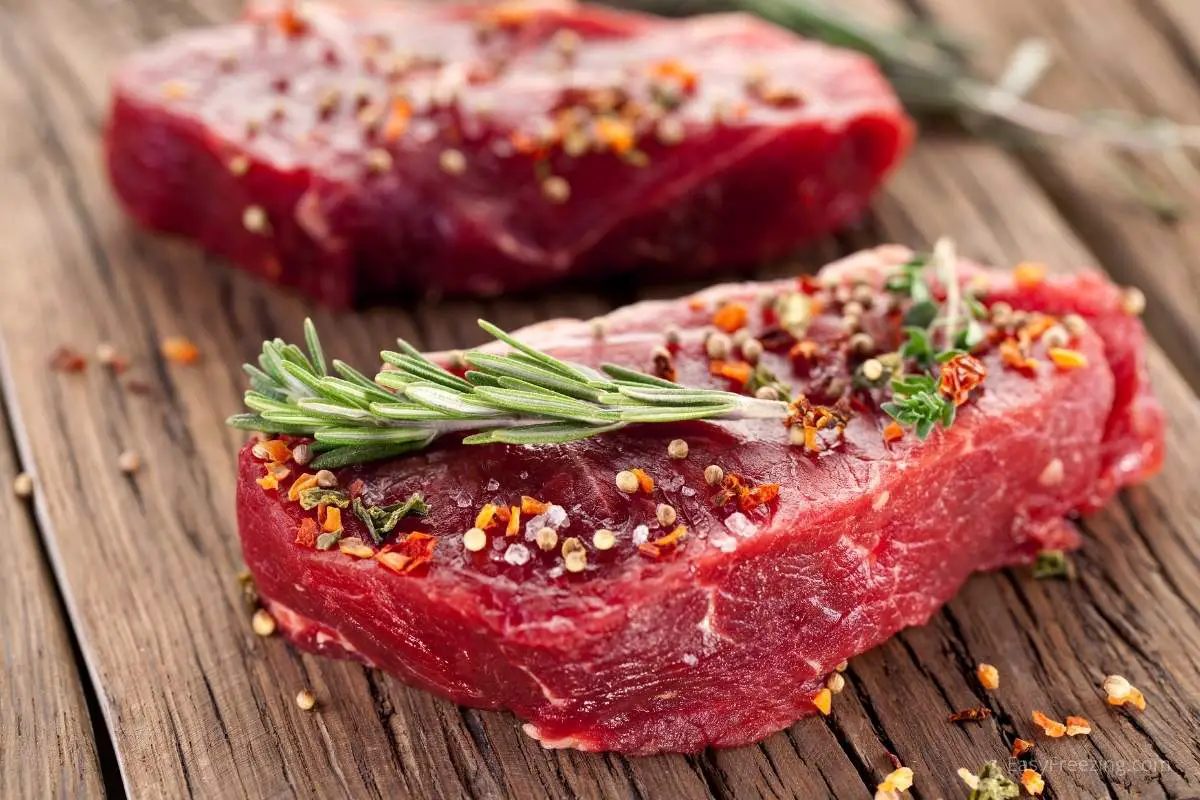
Quarter portions of a beef cow are going to land you anywhere between 90 and 100 pounds of beef (give or take), with maybe 30% to 40% of that total beef weight coming in ground beef form.
Unlike the eighth portion of a cow, a quarter portion of beef will also include things like flank steak, stew meat, short ribs, and a whole bunch of other cuts as well. This is the perfect option for small families (two parents and a child or two).
After getting your quarter of beef to the house you’ll find that you are going to need about five cubic feet of freezer space to accommodate all your meat. The quarter of beef is going to fill almost every square inch of that space, so make sure to start with an empty (or nearly empty) freezer so that you have enough room to dedicate to your food.
How Much Freezer Space for Half a Cow?
Half cow portions are sometimes called a side of beef and often represent the very best value when you are buying beef in bulk.
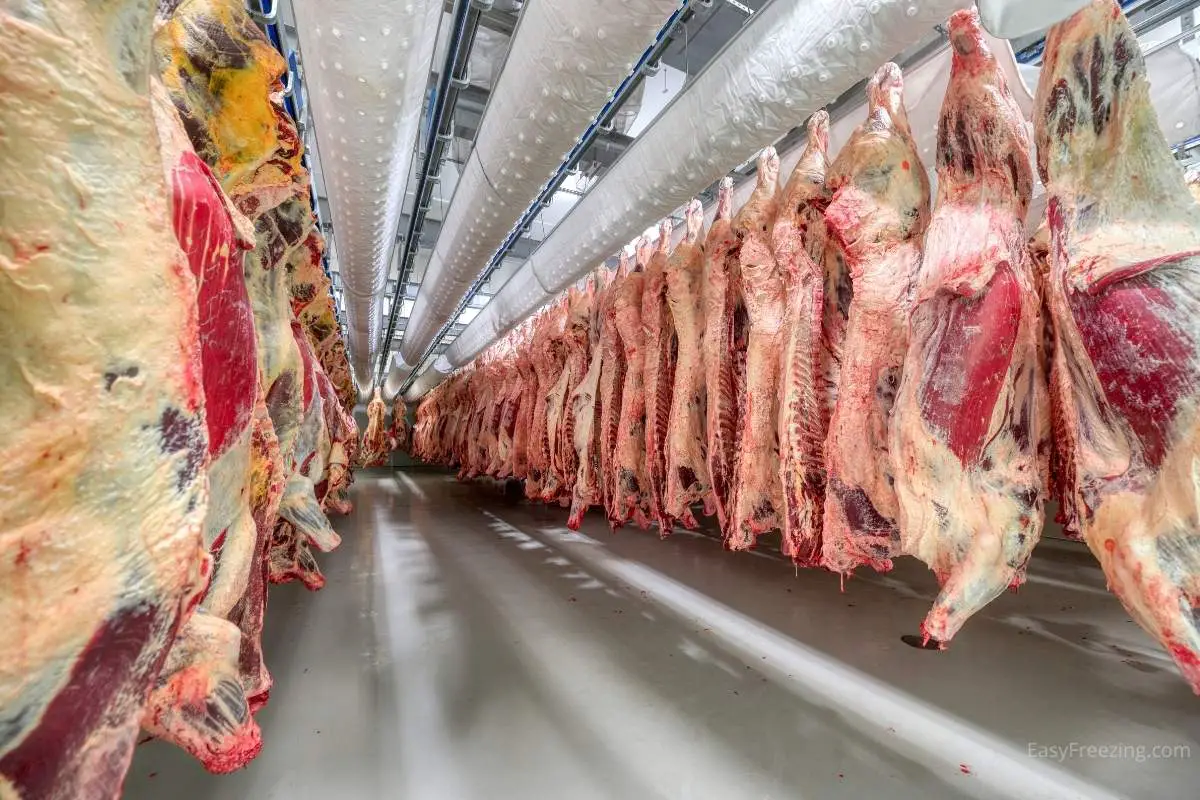
Not only are you going to get a ton of ground beef (about 25 percent of your total purchase) but you’re also going to get a lot of roasts, a lot of steaks, a lot of stew meat, and so much more!
One of the coolest things about ordering a side of beef is that you can run through a cut sheet with most custom processors. This gives you an opportunity to really break down how you want the meat you are purchasing processed, offering a level of control in what you receive that you’re just not going to get anywhere else.
Total weight for a side of beef can come in at anywhere north of 175 pounds or so – sometimes a decent amount more than that, even.
This kind of beef in bulk is recommended for larger families or for folks that want to have enough beef for the entire year squirreled away in the freezer.
Speaking of freezer, you’ll want to have at least eight cubic feet of space you can dedicate to your side of beef when you purchase a half. It’s not a bad idea to bump that up a little more (9 to 12 cubic feet give you a little bit of extra breathing room) if you’ve got the budget.
How Much Freezer Space for a Whole Cow?
Let’s say, though, that you are going “whole hog” with buying beef in bulk and are going to get your hands on an entire cow. We are talking two sides of beef, tipping the scales somewhere north of 300 pounds!
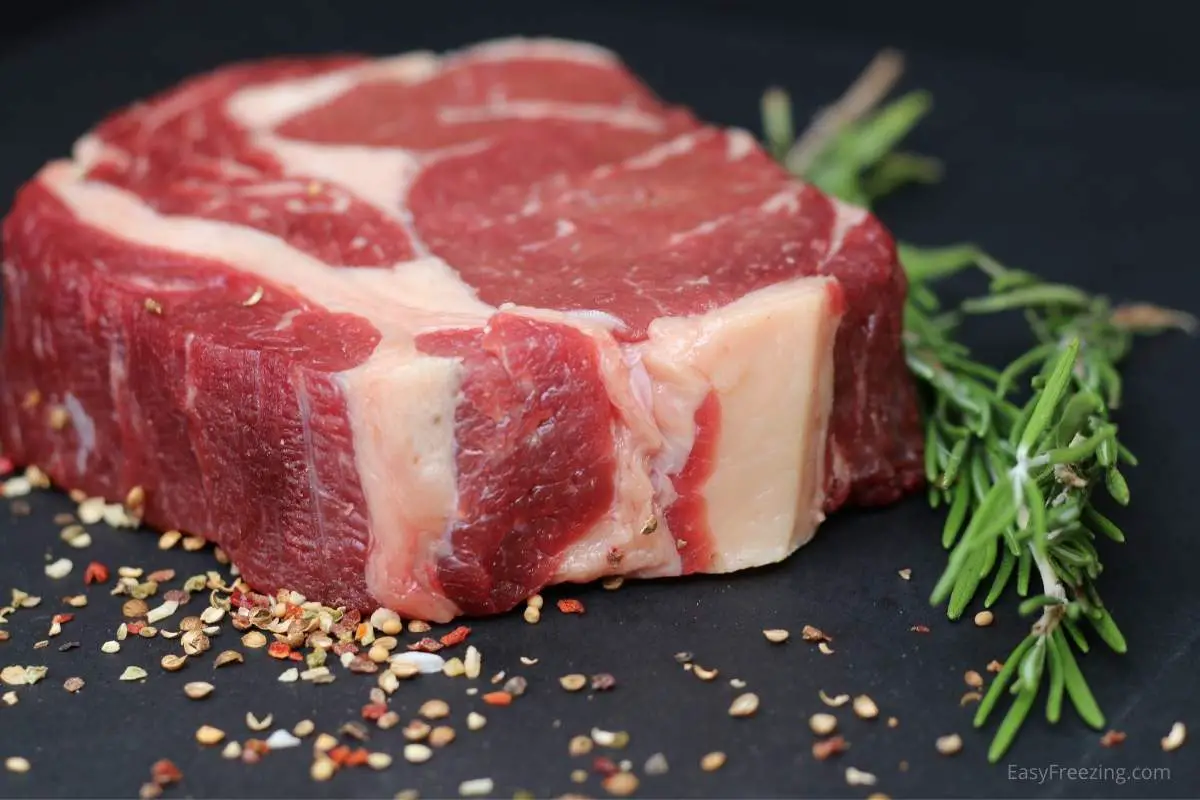
Not a bad investment, but you are going to need to have plenty of freezer space on hand to accommodate this quantity of beef.
A 16 cubic foot freezer is the absolute minimum size you should shoot for if you are going to be buying whole cows. It’s never a bad idea to stretch that a little bigger (anywhere between 17 and 21 cubic feet will give you a little more peace of mind) if you’ve got the real estate to dedicate to a freezer of that size.
The beautiful thing about these larger freezers, though, is that they offer a lot more options for organization. You won’t have a tough time getting all of your beef situated in the right spots when you have a freezer this size!
Is It Cheaper to Buy Beef in Bulk?
Buying beef in bulk is almost always an opportunity to save a mountain of money – all on higher quality and better tasting beef than you would have been able to snap up from a local grocery store, too!
Beef prices have skyrocketed through the roof over the last two years or so. We are talking about prices that have doubled (and almost tripled) in some places.
At the same time, a ribeye steak that would cost you anywhere between $15 a pound and $23 a pound retail (sometimes it’s a lot more expensive than that) may only cost you eight dollars a pound – or less – when you decide to buy from a rancher or butcher direct in bulk.
That’s a game-changer.
Obviously, the prices on beef (both retail and when you purchase in bulk) are going to fluctuate wildly depending on where you live and a whole host of other conditions.
Folks living out in cattle country are going to have an almost unlimited amount of opportunities to buy beef in bulk at deeply discounted prices compared to those living on the coasts of our country.
Still, in almost every head-to-head comparison, buying beef in bulk quantities (picking up a quarter, a half, or a whole beef) is going to save you a large amount of money while you get better tasting and more nutritious beef at the same time.
How Long Will Frozen Beef Keep Fresh?
When frozen correctly you can expect beef to keep fresh and be safe to eat almost indefinitely.
Now, obviously, it’s probably not a good idea to buy beef in bulk that you expect to eat 5, 10, or 15 years down the line (even if you could).
Realistically speaking, you want to get through any of your uncooked steaks, your beef roasts, and other whole muscles that you have frozen within three months to 12 months of freezing everything. Ground beef will usually keep pretty good for six months or so before textural changes start to happen.
At the end of the day, though, the odds are pretty good that your freezer is going to “give up the ghost” before your frozen beef would be unsafe to eat.
It might not look like much, it might not taste that great, and the texture would be all kinds of funky – but it would still be safe to nibble on!
Tips and Tricks for Freezing and Storing Beef
Here’s a couple of tips and tricks you’ll want to keep in mind when you are freezing beef for the long haul.
For starters, if your beef didn’t come directly from the processor already well wrapped (with at least two layers of plastic or parchment paper) you’re going to want to tackle this project on your own.
Most processors, though, are going to do a great job of packing your beef so that it’s ready to be frozen without issue. Still, it’s not a bad idea to glance at all the beef you’re going to slide into the freezer carefully just to check that freezer burn won’t bubble up any sooner than absolutely necessary.
Secondly, you want to be sure that all of your beef is properly labeled.
We are talking about labeling each individual package (writing right on the butcher paper if you can) with the type of beef wrapped inside, the cut, the date that the beef was frozen, and any other details you might want to include.
This’ll help big time with organization but it also helps you if you keep multiple sides of beef in the same freezer, or top-up as your supplies get low.
Finally, you want to make sure that you are giving your beef plenty of time to defrost naturally when you want to cook some of it.
If you rush the defrost process – running it under cold water, slapping it into the microwave, etc. – you’re going to mess with the flavor and the texture of the finished product.
Pull your beef out of the freezer a day or so ahead of when you actually want to cook it and put it in the refrigerator. That’ll give it plenty of time to defrost naturally and you’ll end up cooking something that looks, feels, and tastes just as fresh as the day you got it!
How Much Freezer Space For a Cow – Conclusion
Purchasing then freezing a large amount of beef in bulk is a great way to save money and get better cuts of meat. Before you purchase a cow, however, you’ll need to know how much freezer space you’ll be needing to store it.
The table in this article should give you a good jumping-off point to determine the freezer space necessary for a quarter, half, or whole cow.
